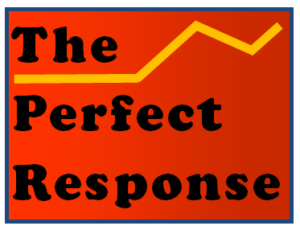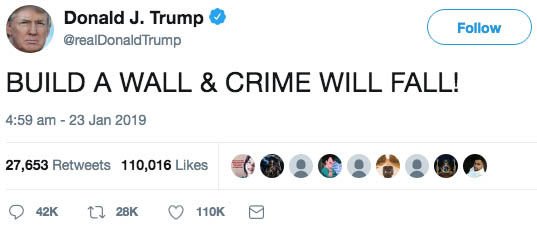Social Media. I teach and write about their uses and commercial functions. But when push comes to shove (and there is a lot of intellectual shoving here), they just aren’t that interesting. They are often the routes by which Americans now “connect” with each other. “Communicate” would be an overstatement. Are social media powerful? Undoubtedly. An interesting communication form to study? Not so much.
Texting and posting via Twitter, Instagram, Facebook, and many other digital forms of Post-it notes usually offer us what is too often the equivalent of the stuff left over in the back desk drawer of the mind: discarded fragments of what still remains to be worked out, or judgments of others that are no credit to one’s own character. It can be a dispiriting thing to stroll through a university library full of tomes of worked out narratives and carefully curated insights into the human condition. But if one looks at nearby tables, it seems that too many people seated in front of their laptops are doing little more than exchanging thought-fragments that now pass for flashes of judgment. On the shelves the serious work of linear thinkers mostly remain untouched, while library patrons seem to be surfing through throwaway messages mostly because they can. And their pictures can be just as problematic, suggesting levels of crippling self-involvement that leave little time or room for others.
My complaint is a professional one. My field used to have a sweeping focus on message analysis, examining those in public life who had interesting, frightening or far-reaching things to say. But now, it seems, we have returned to the kinds of preoccupations that then defined our still-immature field in the 1960’s: when television was the newest medium and we studied its disposable content with an intensity it rarely deserved. And so here we are again 60 years later, looking at “emergent media” and marveling at . . . what exactly? The President’s awful bullying and bluster? Celebrity comments that “go viral?,” corporations that have mastered micro-targeting because of the trail of digital bread crumbs the rest of us leave? In terms of the quality and thoughtfulness of the messaging, it’s all pretty tepid stuff. Perhaps television’s Ellen DeGeneres has it right. She looks at texting as a source of humor: worth a laugh, but not much more. To be sure, the first wave of media theory with McLuhan and others was exciting. More recent efforts seem less compelling.
The seemingly durable canons of the field used to include entire philosophies of communication thought out in exquisite detail by thinkers like Kenneth Burke, Susanne Langer, Neil Postman, Hugh Duncan, Wayne Booth, Jane Blankenship, Richard Weaver and many others. Their names may not be familiar, but their work propelled generations of scholars to take the work of message-analysis seriously. Burke in particular offered a complete and evocative world view of communication that many of his acolytes adopted and still teach (in my case: to perhaps 6000 students so far).
Remember the famous line in Sunset Boulevard (1950), when the fading Norma Desmond is reminded that she “used to be big”? Her response seems fitting to for a field that seems lost in the tall grass of pixels and platforms rather than a higher terrain beyond. “I am big,” she responded. “It’s the pictures that got small.”
![]()


 One would think that moderns educated on the complexities of the world would shun snap judgments and favor more considered conclusions. But such hopeful flattery is probably unearned.
One would think that moderns educated on the complexities of the world would shun snap judgments and favor more considered conclusions. But such hopeful flattery is probably unearned.